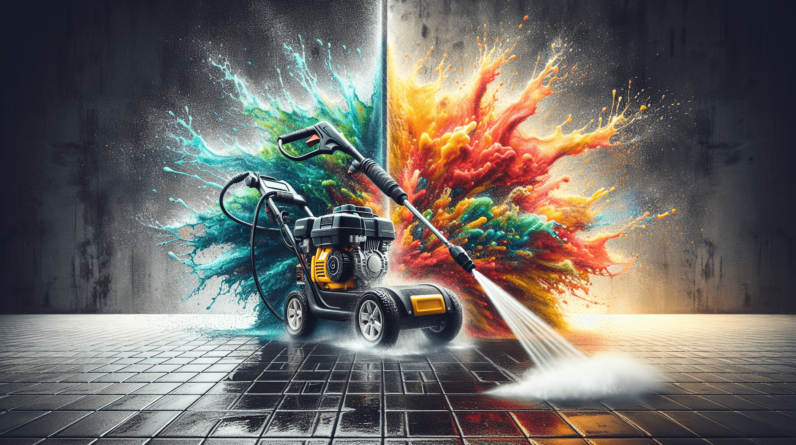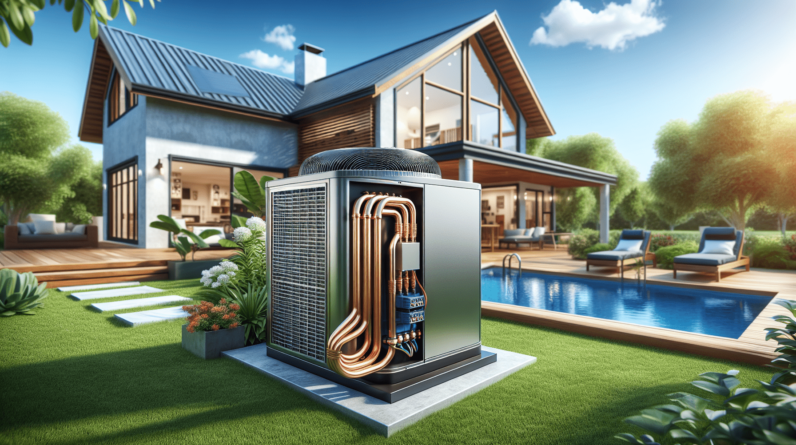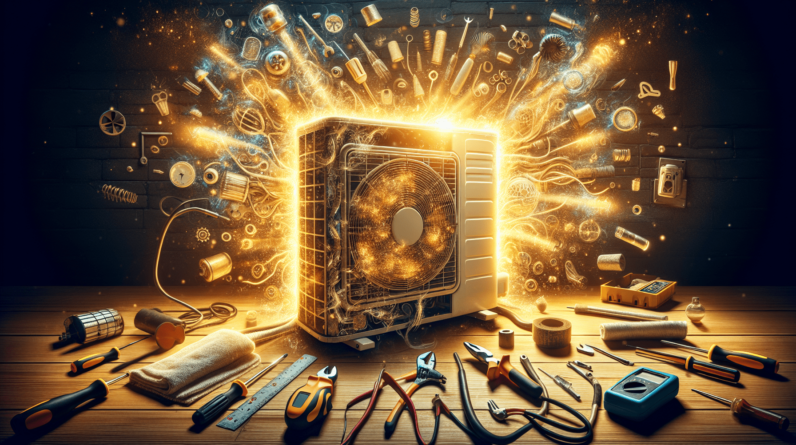

Have you ever been in a situation where your air conditioning unit suddenly stops working on a scorching summer day? It can be frustrating, to say the least! Today, let’s take a closer look at air conditioning repair, reasons why it might fail, and how you can troubleshoot or fix some common issues.
Understanding Your Air Conditioning System
Air conditioning systems are complex machines designed to cool and dehumidify your home. Understanding the basic components can help you diagnose issues when they arise. Your system consists of:
Components of an Air Conditioning System
- Compressor: This is the heart of your air conditioning system. It pumps refrigerant through the system and helps to cool the air.
- Condenser Coils: Located outside your home, these coils release the heat absorbed by the refrigerant.
- Evaporator Coils: Found inside your home, these coils absorb heat from the air, making it cooler.
- Thermostat: This device lets you set your desired temperature and communicates with the rest of the system to maintain it.
- Ducts: If your system is central, ducts distribute the cooled air throughout your home.
Understanding these components can help you identify what might be going wrong if your system isn’t functioning properly.
Common Air Conditioning Problems
Most air conditioning issues can be attributed to a few common problems. Recognizing these issues early on can save you time and money.
1. Air Not Cooling Properly
When your AC isn’t cooling effectively, it can be due to several factors. Here are some potential culprits:
- Dirty Air Filter: This can restrict airflow and make your unit work harder than it needs to.
- Refrigerant Leak: Low refrigerant levels can prevent your system from cooling properly.
- Blocked Condenser Coils: When dirt and debris build up on these coils, it can significantly impair the cooling process.
2. No Power to the Unit
If your air conditioning unit won’t turn on, check these:
- Tripped Circuit Breaker: This is often the simplest issue and can be easily remedied.
- Thermostat Malfunction: Ensure that the thermostat is working properly and is set to the desired temperature.
- Wiring Issues: Inspect for any visible damaged wires or loose connections that may need repair.
3. Strange Noises
When your AC starts making odd noises, it’s often a sign that something isn’t right. Pay attention to:
- Banging or Clanging: This could indicate loose parts or debris in the unit.
- Squealing: A belt may be worn out, or there could be issues with the motor.
- Hissing Sounds: This could signal a refrigerant leak, which should be addressed immediately.
4. Water Leaks
A leaky air conditioning unit can lead to additional issues, including water damage:
- Blocked Drain Lines: This is a common issue that can cause water to back up and leak.
- Dirty Air Filter: This can also lead to ice forming on the evaporator coils, which can eventually lead to leaks when it melts.
5. Foul Odors
Are you noticing odd smells coming from your AC? This could signal:
- Mold or Mildew: This often develops within the system due to moisture.
- Burning Smells: This could indicate electrical issues or malfunctioning parts, which should be investigated right away.
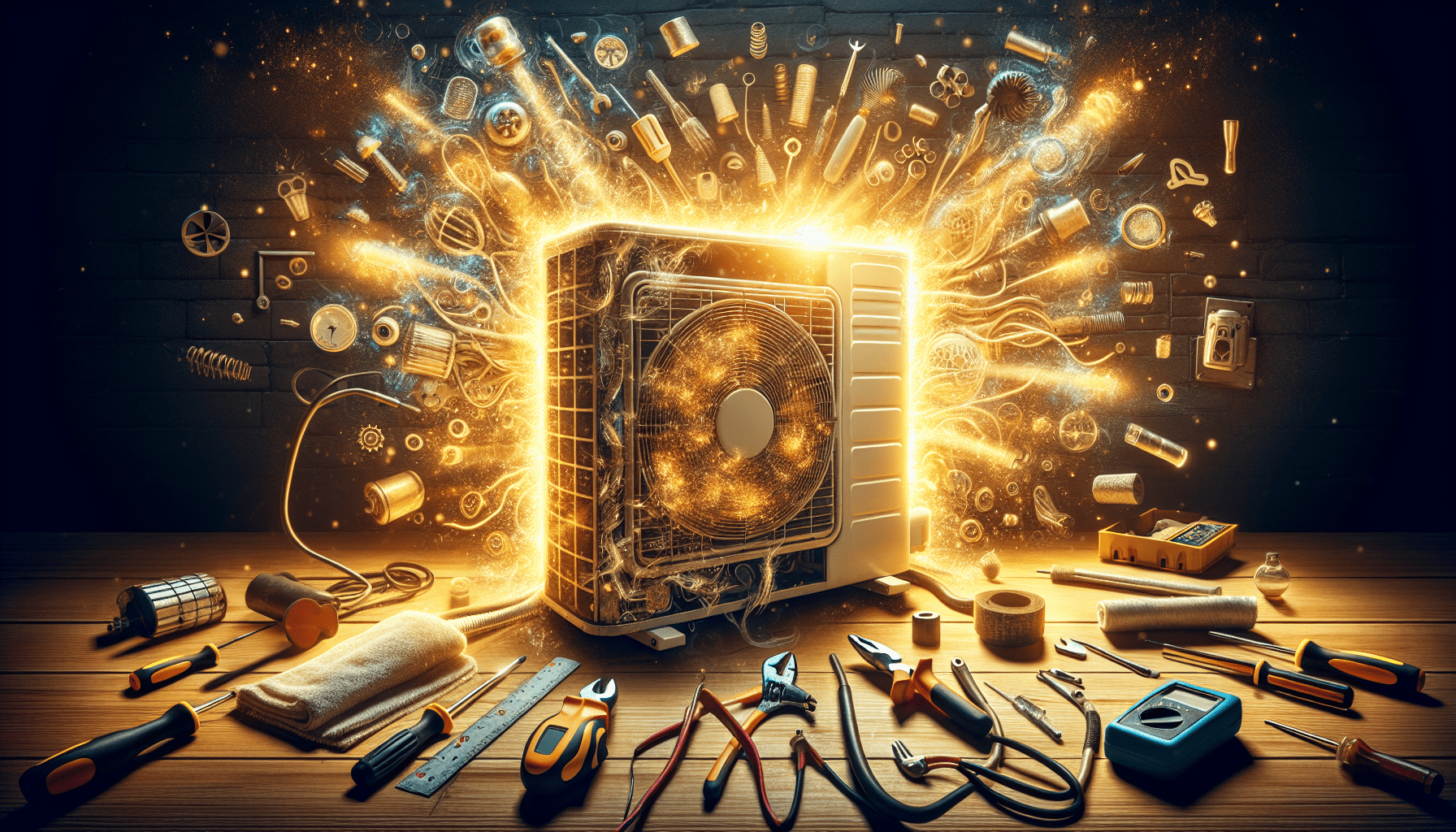
Troubleshooting Your Air Conditioning Problems
Now that you know the common problems, let’s go through some basic troubleshooting steps you can take before calling a professional.
Step 1: Check Your Thermostat
First, ensure your thermostat is set correctly. It may have accidentally been adjusted. Set it to a lower temperature than the current room temperature and see if the unit starts cooling.
Step 2: Inspect the Air Filter
A dirty air filter can significantly affect your unit’s operation. Check the filter and clean or replace it if it appears dirty. A clean filter can improve airflow and efficiency.
Step 3: Clear Debris from Outdoor Unit
Go outside and check your condenser unit. Clear away leaves, dirt, and other debris that could be obstructing airflow. Make sure the area around the unit is clear for effective operation.
Step 4: Check Circuit Breakers
If your AC won’t turn on, check your home’s electrical panel. If the breaker has tripped, reset it and see if the unit operates again.
Step 5: Inspect Drain Lines
Check for any visible blockages in your air conditioning unit’s drain lines. If you see accumulation, gently clear it out to restore normal drainage.
When to Call a Professional
While some problems can be fixed with a bit of troubleshooting, there are times when calling in a professional is the best course of action. Here are some scenarios when you should consider getting help:
1. Refrigerant Leaks
If you suspect a refrigerant leak, it’s crucial to call a professional. Handling refrigerant requires specialized knowledge and tools to ensure safety and compliance with regulations.
2. Electrical Issues
If there are signs of electrical problems, such as frequent circuit trips or burning smells, it’s wise to let a professional handle it to avoid potential fire hazards.
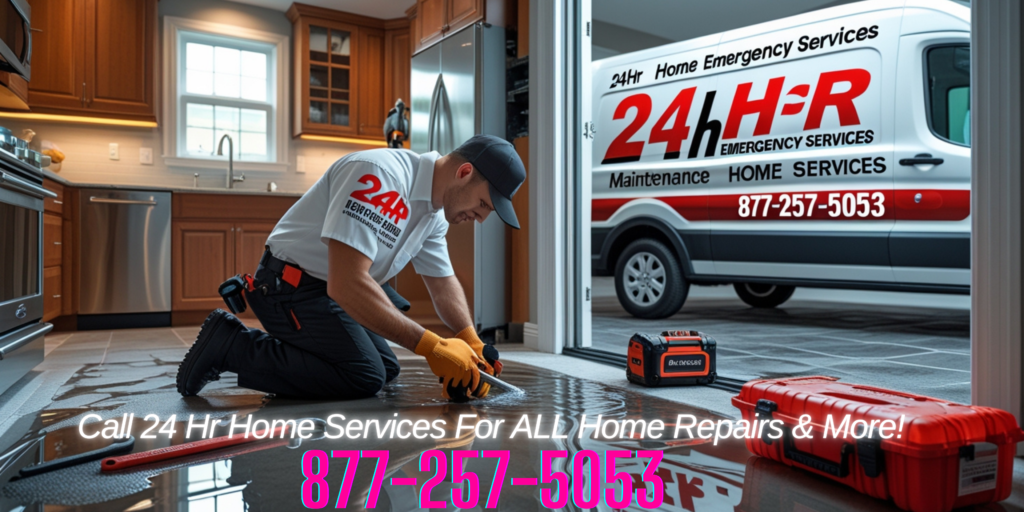
3. Complex Repairs
You may find that some repairs require specialized tools or equipment. If the issue is beyond your comfort level or understanding, a certified technician is the way to go.
4. Regular Maintenance
It’s always a good idea to schedule regular maintenance for your HVAC system. A trained technician can perform inspections, clean components, and identify potential issues before they become major problems.
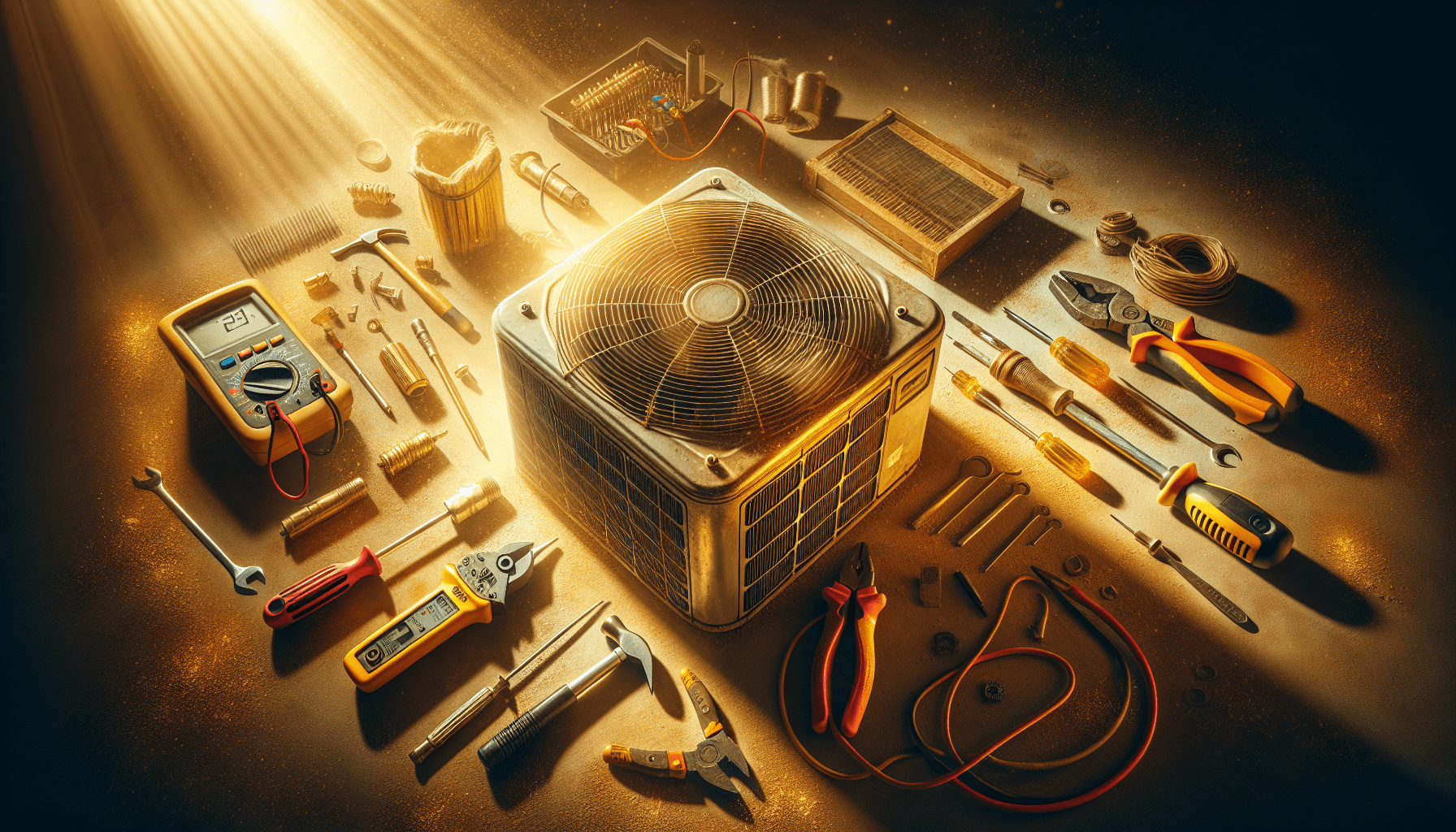
Regular Maintenance Tips
Maintaining your air conditioning system can prolong its lifespan and improve its efficiency. Regular upkeep can also help you avoid costly repairs down the road. Here are some maintenance tips you can follow:
Clean or Replace Air Filters
Make it a habit to check and clean or replace your air filters every one to three months. This keeps airflow unrestricted, improving efficiency and indoor air quality.
Schedule Annual Professional Servicing
Arrange for professional maintenance at least once a year. During this visit, a technician can clean components, check for refrigerant levels, and identify potential issues.
Keep Outdoor Units Clear
Regularly clear any debris from around your outdoor unit. This ensures optimal airflow and helps maintain efficiency.
Inspect Insulation
Check the insulation around ducts to ensure that it’s in good condition. Proper insulation keeps your home comfortable and can reduce energy costs.
Monitor Energy Bills
Keep an eye on your energy bills. If you notice a sudden spike, it may be a sign that your air conditioning unit is not operating efficiently.
Understanding Repair Costs
Knowing what to expect in terms of costs can help you make informed decisions when it comes to air conditioning repair. While prices can vary depending on several factors, here’s a compiled overview of common repair costs:
| Repair Issue | Average Cost Range |
|---|---|
| Refrigerant Recharge | $100 – $300 |
| Thermostat Replacement | $75 – $250 |
| Air Filter Replacement | $10 – $50 |
| Electrical Issues | $150 – $400 |
| Compressor Replacement | $1,200 – $2,500 |
| Annual Maintenance Service | $75 – $150 |
Keep in mind that these are just estimates. The actual cost will depend on your specific system and the extent of the repairs needed.
Energy Efficiency Tips
Who wouldn’t want to save a bit on those energy bills? Here are some tips to improve your air conditioning system’s efficiency and sustainability:
1. Install a Programmable Thermostat
Consider investing in a programmable thermostat that allows you to schedule temperatures according to your daily routines, optimizing energy use.
2. Seal and Insulate Ductwork
Ensure that your ducts are properly sealed and insulated. This prevents conditioned air from escaping and reduces energy waste.
3. Increase Ventilation
During cooler times of the day or night, open windows to let in fresh air, reducing reliance on your air conditioning unit.
4. Shade Your Home
Planting trees or installing awnings can reduce the amount of direct sunlight hitting your home. This can keep it cooler naturally and lessen the burden on your AC system.
5. Upgrade to Energy-Efficient Systems
If your unit is old and inefficient, consider upgrading to a new, energy-efficient model. Many modern air conditioners have higher SEER (Seasonal Energy Efficiency Ratio) ratings, which can lead to substantial savings over time.
Conclusion
Air conditioning issues can be bothersome, but understanding your system and common problems can help you tackle them effectively. Whether it’s performing some basic troubleshooting, scheduling regular maintenance, or knowing when to call a professional, you have the power to ensure your home remains cool and comfortable. Your air conditioning system is a significant investment; taking the time to care for it can pay off in the long run.
Stay informed, keep your system well-maintained, and enjoy the comfort of a reliably functioning AC for years to come!
“Need reliable home services or remodeling? Whether it’s an emergency or a routine project, we’ve got you covered 24/7! Call us anytime at 877-257-5053 and let our experts handle the rest!”


